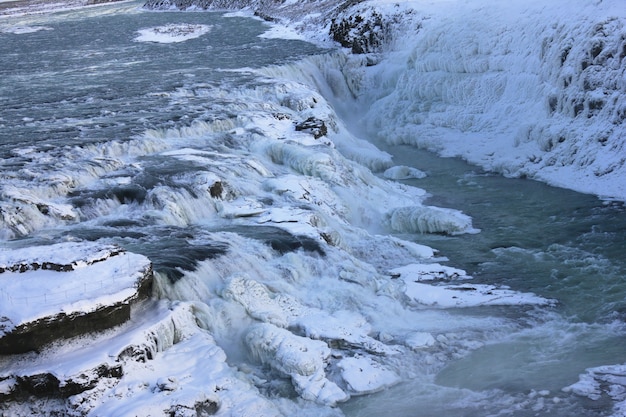Avalanche Facts – What You Need to Know

Avalanches are powerful forces of nature.
The majority of avalanches occur in the winter months.
Avalanches can happen on slopes as steep as 30 degrees or more.
Snowfall is a key factor in determining avalanche risk.
Avalanches can travel at speeds of up to 80 miles per hour.
Understanding avalanche terrain is crucial for safety in the backcountry.
Avalanches can be triggered by skiers, snowboarders, or snowmobile activity.
Avalanche forecast centers provide valuable information on current avalanche conditions.
The backcountry is full of hidden avalanche dangers.
The sound of an avalanche can be deafening and terrifying.
Avalanche rescue dogs play a vital role in search and rescue operations.
Avalanches can bury entire villages and towns.
Avalanche debris can weigh as much as 15 tons per cubic yard.
Avalanches can cause severe trauma and injuries.
The first 15 minutes after an avalanche are critical for survival.
Avalanches are more likely to occur on slopes between 30-45 degrees.
Snowpack stability tests can provide insight into avalanche risk.
Avalanche airbags can increase your chances of survival.
Avalanches can occur at any time during the winter, not just during storms.
Avalanches can strip an area of trees and vegetation, leaving behind a barren landscape.
Careful route selection is essential when traveling in avalanche-prone areas.
Avalanche Facts – What You Need to Know part 2
The weight of a single snowflake can trigger an avalanche under the right conditions.
Avy shovels and probes are essential tools for avalanche rescue.
Avalanches can be triggered by natural factors such as wind, temperature, and precipitation.
The slope angle is a crucial factor in determining avalanche potential.
Avalanches can cause widespread disruption to transportation routes.
Receiving avalanche education and training can save lives.
Avalanches can occur in mountainous regions around the world.
Avalanche safety equipment should be worn at all times in the backcountry.
Thinning vegetation can increase the risk of avalanches in certain areas.
Avalanche mitigation measures, such as explosives, can reduce the risk of large-scale avalanches.
Avalanches form when a weak layer of snow collapses under the weight of additional snow.
The force of an avalanche can knock down trees and destroy buildings.
Avalanches can carve out deep trenches in the snowpack, known as crowns.
Avalanches can travel long distances, covering several miles.
Snowfall patterns and wind direction can influence the likelihood of avalanches.
Avalanches can occur in the spring when melting snow weakens the snowpack.
Understanding the signs of unstable snow can help prevent avalanches.
Proper communication and group management are essential in avalanche-prone areas.
Human factors, such as complacency and poor decision-making, can contribute to avalanches.
Avalanches can release enormous amounts of energy, equivalent to multiple explosions.
Avalanche beacons can aid in locating buried victims quickly.
Avalanches can have a significant impact on the local ecosystem.
The weight and moisture content of snow can affect avalanche likelihood.
Surviving an avalanche requires calmness, preparedness, and knowledge.
